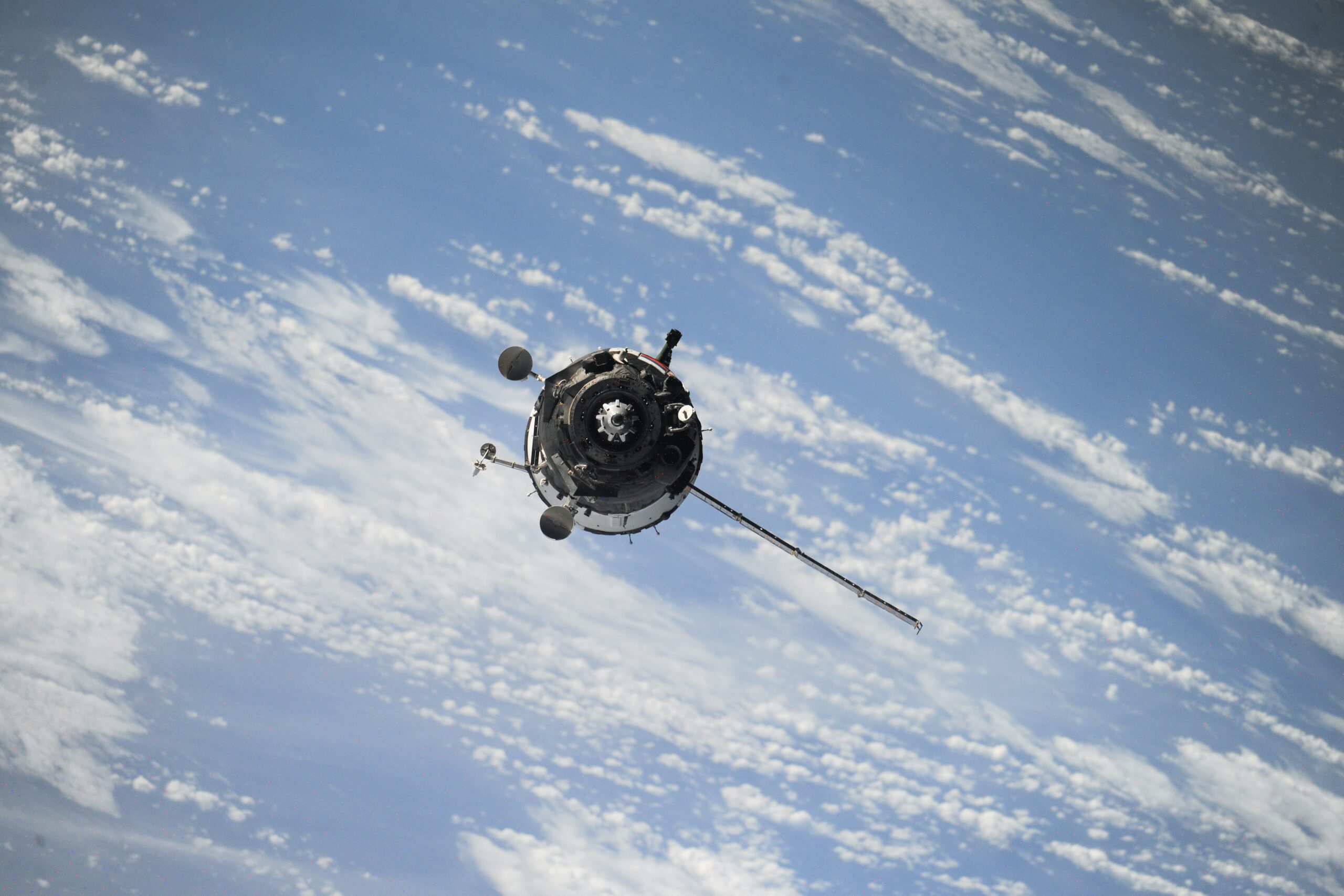The Ministry of Communication and Information Technology (Kemenkominfo) has announced its intention to conduct a comprehensive review of the hot backup satellite (HBS), also known as the mitigation satellite. This review is being carried out in preparation for the upcoming launch of the Multi-Functional Satellite Satria I, a significant milestone in Indonesia’s satellite industry.
The primary purpose of the hot backup satellite (HBS) is to address the potential risks and complexities associated with the Satria I satellite’s operations. The HBS serves as a backup system, ensuring continuity and mitigating potential disruptions that could arise during the satellite’s mission.
Usman Kansong, the Director-General of Information and Communication at Kemenkominfo, emphasized the importance of the review process for the Satria HBS Satellite. He stated that the government is committed to ensuring the smooth progress of the project by conducting a thorough evaluation of the satellite’s development, which is taking place at the Boeing aircraft headquarters in the United States (US).
Last year’s review indicated that the construction progress of the Satria HBS Satellite was on track, despite encountering certain challenges related to transportation and logistics.
These obstacles were further compounded by the Russia-Ukraine conflict, which adversely affected the distribution of the satellite’s logistics. Usman explained that the conflict caused damage to Russian aircraft, which were originally intended for transporting the necessary equipment for the Satria HBS Satellite, specifically the Antonov aircraft.
As a result, the distribution strategy had to be revised, with a shift towards maritime transportation to ensure the safe delivery of equipment to the construction site. This adjustment in logistics has inevitably led to an extended timeline for the project, as additional measures were implemented to dismantle and transport the equipment via sea routes.
Regarding the imminent launch of Satria, Usman expressed optimism, stating that the launch is likely to take place in the coming week. The ground segment, which plays a crucial role in receiving signals from the satellite, has been meticulously prepared to ensure seamless operations.
Moreover, the communication infrastructure supporting the satellite has been strategically established in 11 key locations across Indonesia. These locations include prominent cities such as Cikarang, Batam, Banjarmasin, Tarakan, Pontianak, Kupang, Ambon, Manado, Manokwari, Timika, and Jayapura. This extensive network will facilitate effective communication and enable the satellite’s functions to be utilized optimally nationwide.
It is worth noting that the Satria-1 Satellite, with its launch planned for June 2023, will be positioned in the 146 East longitude orbit and is expected to commence operations in the fourth quarter of the same year. This ambitious project has brought together multiple entities, including PT Satelit Nusantara Tiga (SNT) and the renowned French company Thales Alenia Space (TAS).
The collaborative efforts of these entities have resulted in a substantial contract worth US$550 million, equivalent to approximately Rp 8 trillion, signifying a significant investment in advancing Indonesia’s satellite capabilities and technological prowess.
In conclusion, the upcoming review of the hot backup satellite (HBS) by the Ministry of Communication and Information Technology (Kemenkominfo) represents a critical step in ensuring the success and resilience of the Multi-Functional Satellite Satria I.
The comprehensive evaluation process, along with the strategic preparations being made for the satellite’s launch, signifies Indonesia’s determination to establish itself as a prominent player in the satellite industry and foster technological advancements that will benefit the nation’s development and connectivity.






















